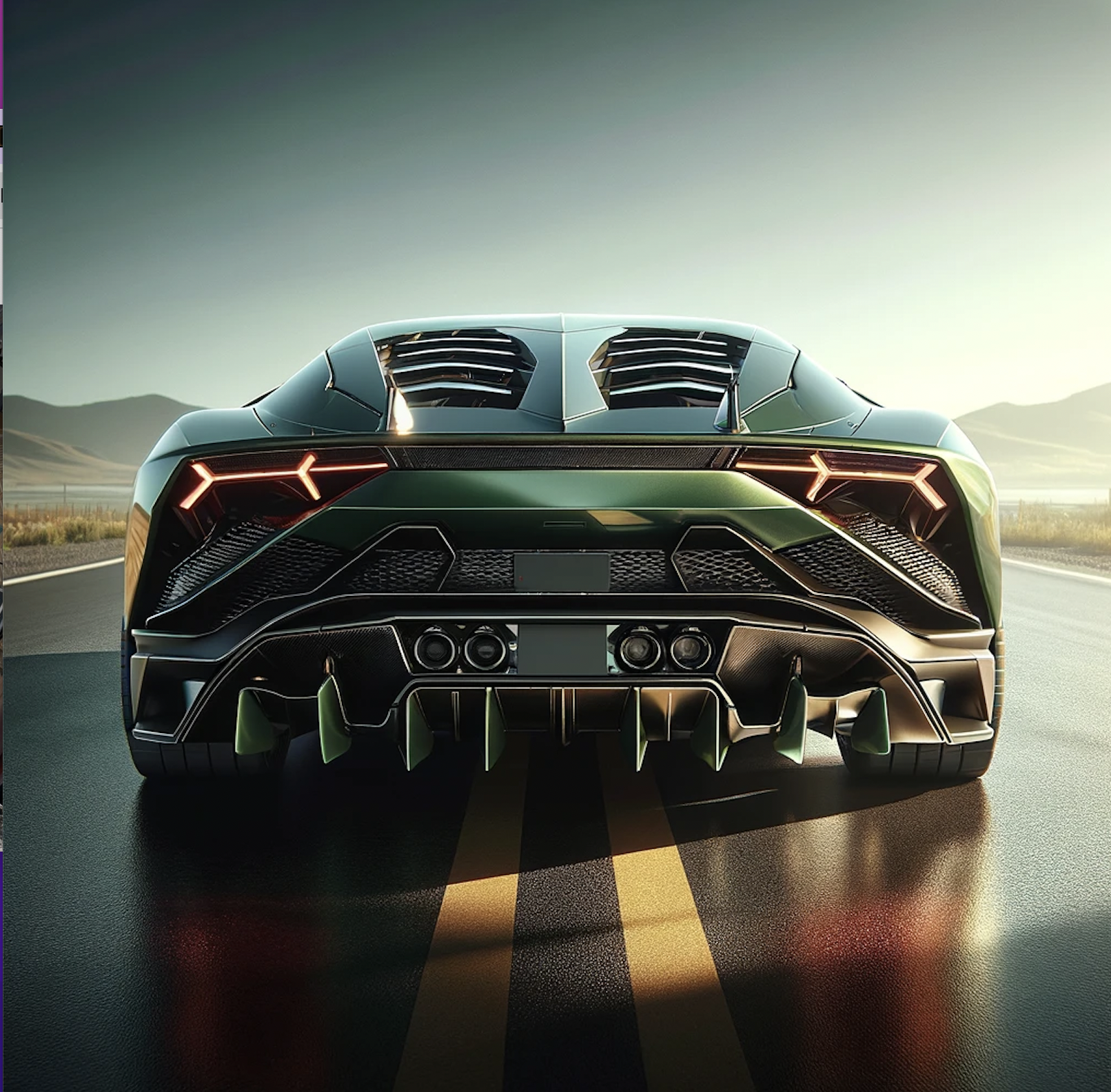
FEATURE
The Strategic Luxury of the Super Individual
In the golden age of luxury consumption, wealth was meant to be seen. From oversized logos to watches as social currency, conspicuous consumption was once the shared vocabulary among global high-net-worth individuals (HNWIs). But in the 2020s—especially post-pandemic, amid geopolitical fragmentation and the rise of AI—the game has changed. Luxury is no longer for flaunting. It's for positioning.

The Numbers Behind the Shift: Power Redistribution Through Luxury
According to the 2024 Global Luxury Market Insight Report by Bain & Company and AliResearch, the global luxury market is projected to surpass $400 billion by 2025, with a year-on-year growth of 12.3%; over 68% of luxury orders now come from Ultra High Net Worth Individuals (UHNWIs), defined as those with assets exceeding $30 million; in emerging markets like China, India, and Southeast Asia, luxury consumption is becoming decentralized—no longer focused in tier-one cities but moving toward "high-IQ + high-assets + low-visibility" social clusters.
At the same time, regional divergence is expanding. Luxury has evolved from a shared global badge into a local reflection of power hierarchies, cultural capital, and asset ecosystems. Although overall growth in personal luxury consumption slowed in 2024, per capita spending by the wealthy rose by nearly 18%. Fewer people are buying more, and doing so in increasingly encrypted ways—as if injecting syntax-based value into the structure of their portfolios.
Who Are the New Buyers? Less Visibility, More Meaning
Western Elites
Tend to invest in "time-based assets" embedded in traditional power systems, such as Patek Philippe watches, Hermès interior pieces, private vineyards, and luxury yachts—items that rarely depreciate and hold intergenerational transfer value.
New Wealth in the Middle East and Southeast Asia
They prefer bespoke jewelry, high-end scent customization (like Le Labo's private lab series), and are increasingly acquiring equity in luxury brands and art funds—entering the backend of cultural production.
Chinese Tycoons
Operate on multi-axial strategies, using luxury as a means to achieve social penetration, asset security, and status encoding. Buying a rare Hermès artist collaboration isn’t for display—it’s a backstage pass to cultural circles and elite collecting networks.
Russian Oligarchs
Despite sanctions and geopolitical isolation, Russia’s UHNWIs still focus on high-end jewels, couture fashion, and private art foundations. For them, luxury is a passport of identity, often used to construct closed and discreet social clusters that sidestep Western visibility.
Middle Eastern Moguls
Use luxury as a tool of cultural projection—investing in art collections, classic cars, and brand equity itself, securing a seat not just at the table of taste, but within the production mechanism of the luxury system.
American Billionaires
Increasingly treat luxury as a hybrid asset—prioritizing portability, preservation, and liquidity. Rare watches, art, and collectibles are carefully structured into family trusts and tax strategies. Their spending is less flashy, more infrastructural.
Pan-Asian Wealth (Japan, Singapore, HK, Taiwan, Korea)
Treat luxury as a social access protocol—deploying cultural hybrid brands, obscure material codes, and spatial customization to build narrative sovereignty. Compared to Middle Eastern emphasis on "overt cultural export," pan-Asian elites focus on compression—precision-coded self-expression for high-resolution social identification.

It’s not a shared language anymore. It’s a protocol—an encrypted dialect of power only understood by those inside the structure.
Beyond Speed: The Structural
Repositioning of the Modern Vehicle
The 2025 Mercedes-AMG CLE 53 and Audi’s latest A6 are not just updated models—they are opposing responses to the same question: how should a car be read in a post-performance world? One sharpens its aggression into a dynamic signature (CLE 53), the other dissolves into softened intelligence (A6), both no longer chasing speed, but fluency—how well the object speaks to systems of status, space, and syntax. The AMG announces you’ve arrived. The Audi suggests you were always there. Together, they map the evolving grammar of movement as identity.
Fluid Prestige: Riva 92 vs. Embraer E2 Series
In the language of wealth, yachts and jets speak in different tenses. The Riva 92 glides through liquid sovereignty—its architecture not designed for distance, but for anchoring presence in ephemeral geographies. Meanwhile, the Embraer E190-E2 and E195-E2 operate as air-coded strategy—lightweight, unassuming, but engineered to redraw regional power maps with precision. One is a statement held in place. The other is a node in motion. Together, they represent not just how the ultra-wealthy move, but where they choose to become visible—and when they choose to disappear.
hit the road
2025 Ducati Panigale V4 is Faster than ever.

Audi A6














